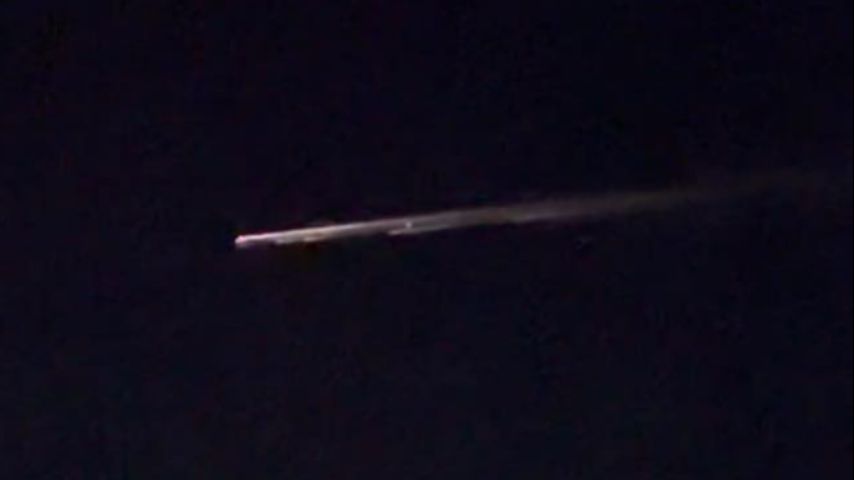Comment on this storyComment
On Saturday, there will be a solar eclipse where the moon will pass in front of the sun. This will result in much of the sun being obscured, but it will also create a brilliant ring of unfiltered sunlight in parts of the western United States. Known as an “annular” or “ring of fire” solar eclipse, the full ring of fire will only be visible in a narrow area from Oregon to Texas, as well as parts of Mexico, Central America, Colombia, and Brazil. However, the entire Lower 48 states will witness at least a partial solar eclipse.
This annular solar eclipse is different from a total solar eclipse. During a total solar eclipse, the moon completely blocks the sun, whereas during an annular solar eclipse, the moon is not large enough to cover the entire solar disk. This leaves a hollowed-out sun surrounded by a narrow circle of sunlight. Outside of the area where the ring of fire will be visible, people will see a partially eclipsed sun that resembles a sickle or croissant shape.
To view either the annular eclipse or the partial eclipse, it is important to use protective eclipse glasses to avoid permanent eye damage. The upcoming annular eclipse on October 14, 2023, will be followed by a total solar eclipse on April 8, 2024, which will offer a more dramatic experience as it turns day into night for several minutes.
An annular eclipse occurs when the moon blocks sunlight from reaching the Earth. The moon’s distance from Earth varies due to its elliptical orbit, which affects its apparent size in the sky. During an annular eclipse, the moon is farther away from Earth and appears smaller, so it cannot fully cover the sun. The upcoming eclipse will occur when the moon is at apogee, its farthest point from Earth.
For the upcoming annular eclipse, areas between Eugene and Medford in Oregon will have the best view, with about an hour and nine minutes of partiality before the ring of fire becomes visible. The eclipse will then move across Elko, Nevada, and southern Utah before reaching Albuquerque, New Mexico, where the centerline will provide nearly five minutes of “annularity.” Other cities in the path of the annular eclipse include Roswell, New Mexico, Midland, Texas, San Antonio, Texas, and Corpus Christi, Texas.
Annular eclipses are not as rare as total solar eclipses. The last annular eclipse visible from the United States occurred in 2012, and the next one will not happen until 2046. Total solar eclipses are even rarer, happening on average only once every 375 years in a given location.
While total solar eclipses offer a more dramatic experience, annular eclipses still create a unique spectacle. They allow for the observation of the alignment of celestial bodies and can result in a dimming of daylight. However, the annular eclipse on October 14, 2023, is just a preview of the more awe-inspiring total solar eclipse that will take place on April 8, 2024, spanning from the Texas-Mexico border to Maine.
(Source: The Washington Post)















